Understanding Benign Skin Lesions: Types, Characteristics, and Removal Methods
Lots of people develop skin lesions and moles over time. They can be lumps, bumps, cysts, warts, skin tags and moles. They are generally benign and non-cancerous.
How to identify benign skin lesions by following the ABCDE Rule
If you follow the simple ABCDE rule below, this can help spot the worrisome moles that need a review from a doctor to rule out cancer:
A – Asymmetry (Is it asymmetrical?)
B – Border (Is it irregular?)
C – Colour (Is the colour even?)
D – Diameter (Is the diameter greater than 5mm?)
E – Evolution (Is it evolving/changing over time?)
Several types of Skin Lesions
There are several types of benign skin lesions that are amenable to minor surgery. Some common examples include:
Skin Tags (Acrochordons):
These small, benign growths of skin can be easily removed through procedures like excision, cryotherapy (freezing), or electrocautery.
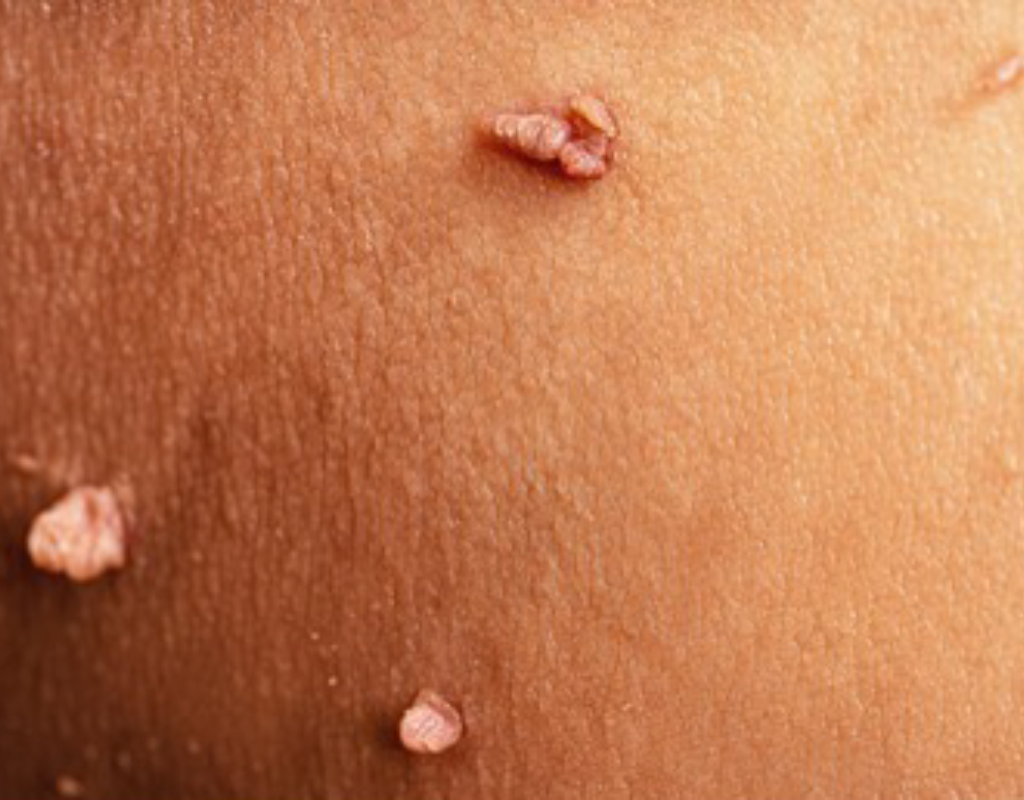
Seborrheic Keratoses:
These are harmless, brown, or black growths on the skin’s surface. Minor surgery methods like scraping, electrosurgery, or laser therapy can be used for removal.
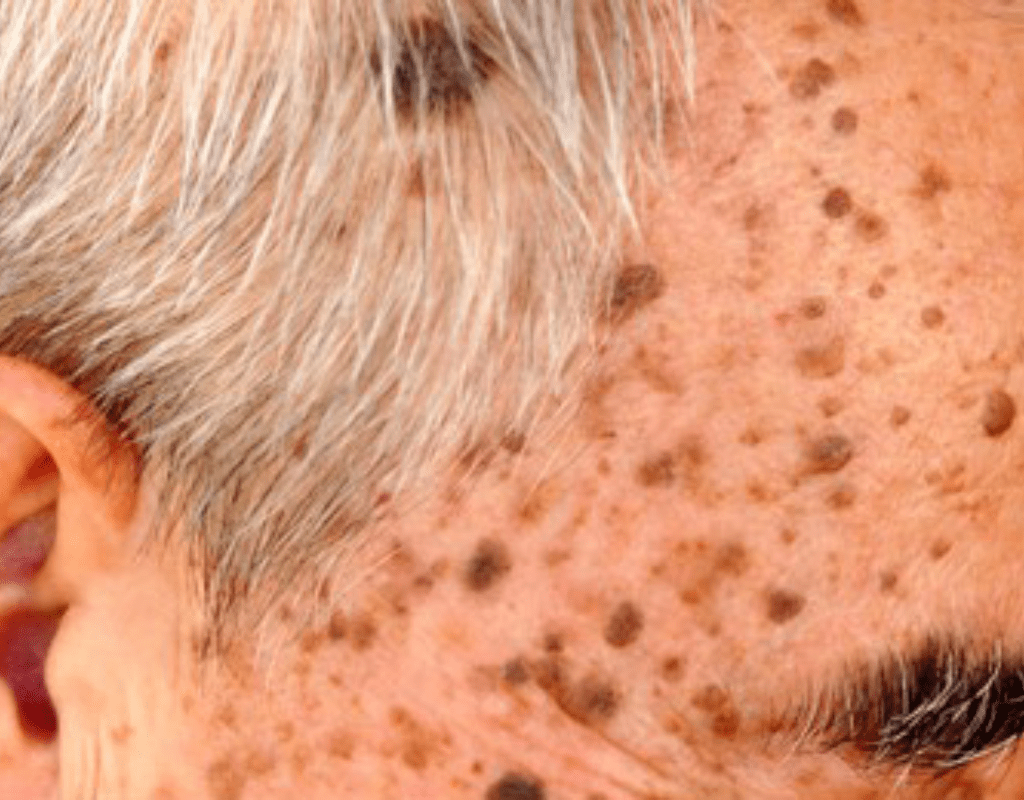
Lipomas: Lipomas are benign fatty tumours under the skin. They are typically removed through a minor surgical procedure called excision.
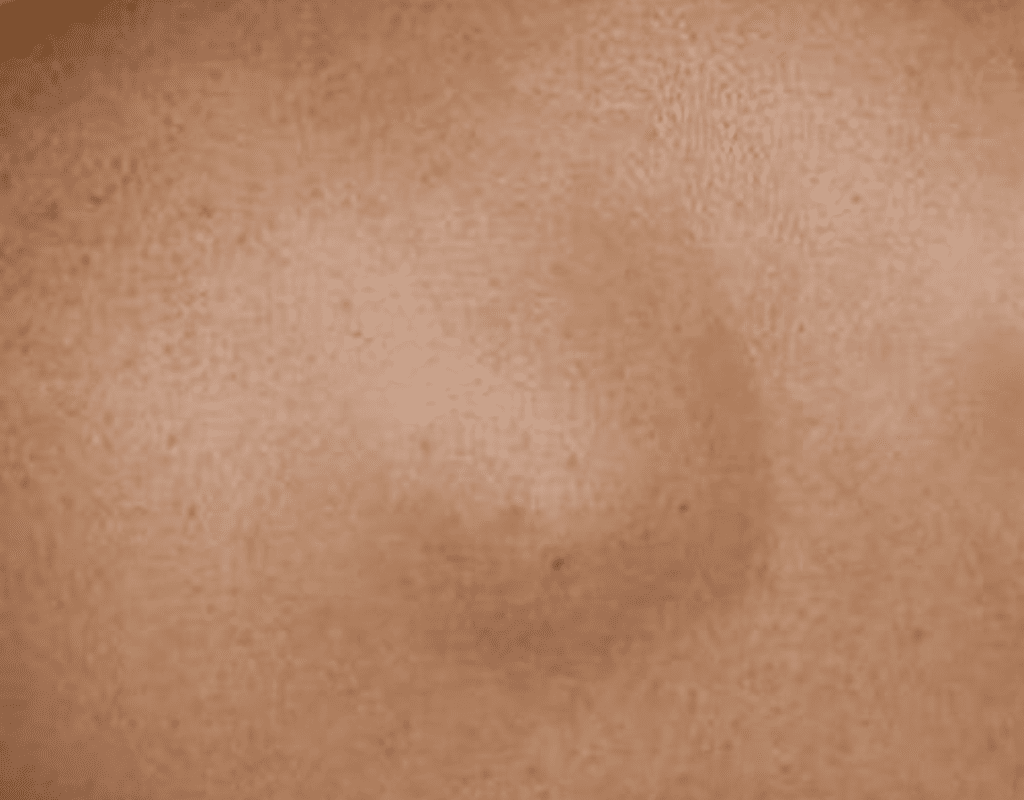
Cysts: Epidermoid or sebaceous cysts can be removed through surgical excision. This is often necessary when they become inflamed or painful.
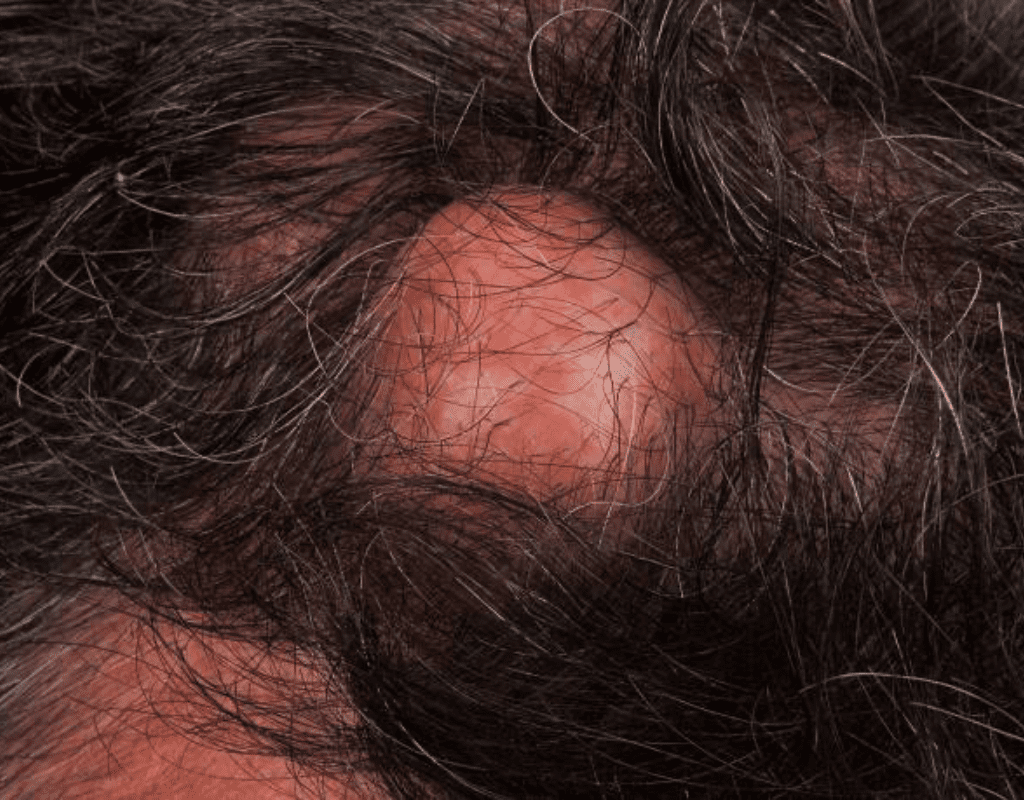

Dermatofibromas: These benign nodules in the skin can be surgically removed if they cause discomfort or for cosmetic reasons.
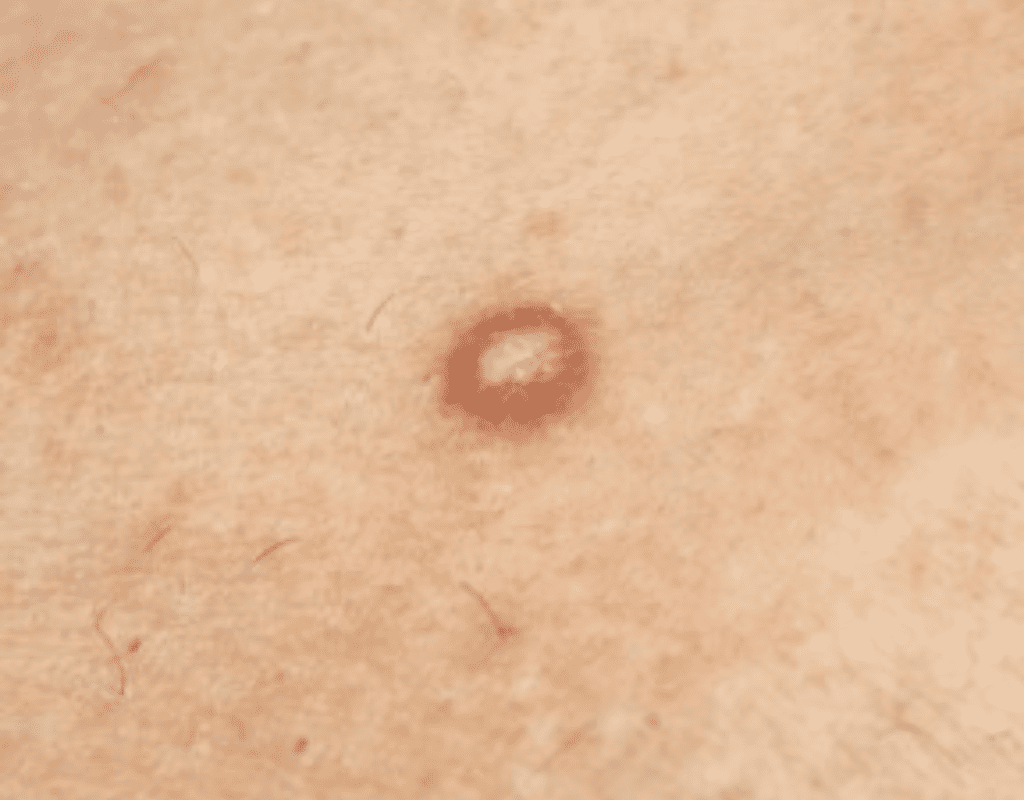
Cherry Angiomas: Small, red moles or growths on the skin’s surface can be treated with methods like laser therapy or electrocautery.

Warts: A wart is a small lump on the skin that is caused by a virus called human papilloma virus (HPV). The virus gets into the skin through a cut or scratch and makes the skin cells grow faster than normal. Warts are not harmful, but some people may find them annoying or embarrassing. Warts can appear on different parts of the body, such as the hands, feet, face, or genitals.
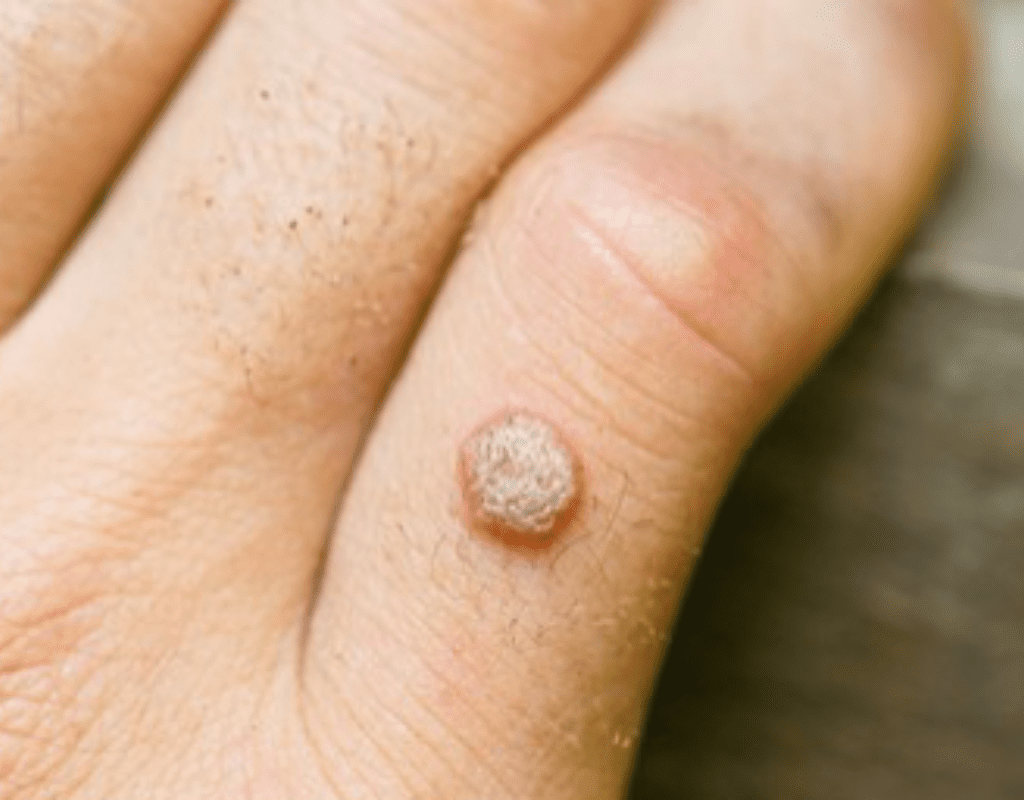
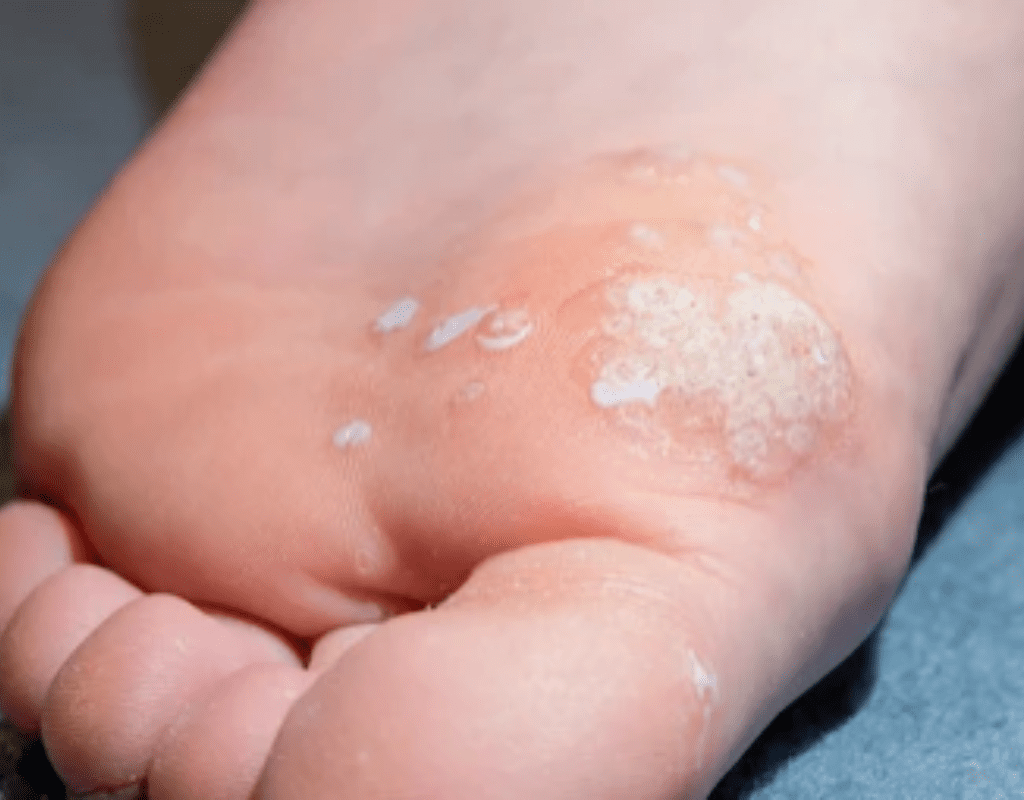
Spider naevi: Spider naevi are small clusters of blood vessels that look like spider webs on the skin. They are usually red or purple in colour and have a central spot with thin branches. They are often seen on the face, neck, chest, or arms. Spider naevi are not harmful, but they may be a sign of liver problems in some people.
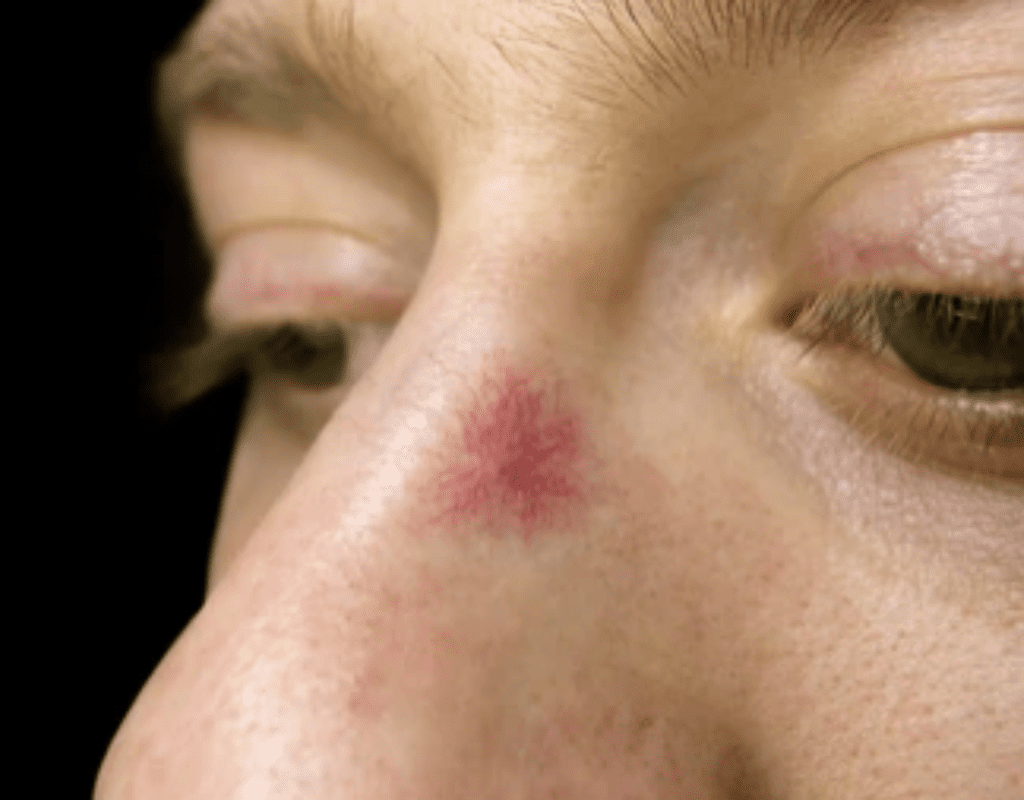
Conclusion
In conclusion, the above skin issues don’t usually cause a significant problem. These skin lesions are deemed cosmetic in nature and usually, no treatment is needed unless there is pain, bleeding, or recurrent infections.
methods to remove benign skin growths
These can be removed using minor surgery procedures (use of local anaesthetic in a clinic setting) if you find them a nuisance. As with any surgery, it comes with some small risks; these tend to be pain at the site, bleeding from the wound and potential for infection (measures are taken to negate this). Any procedure where there is a cut in the skin will cause a scar. In certain skin types, the scar can become large and overgrown (keloid). With unsightly scarring in mind, surgery for skin lesions in areas such as the face would have better results when undertaken by a plastic surgeon.
REFERENCES:
Dermatology resource – Derm Net
The Leading Dermatological Society
If you do have a skin issue that you want an opinion on, don’t hesitate to contact us at Extracellular for a thorough assessment and discuss your options.
Thanks for Reading our Benign Skin Lesions blog!
If you enjoyed reading this article, please check out our other Blogs
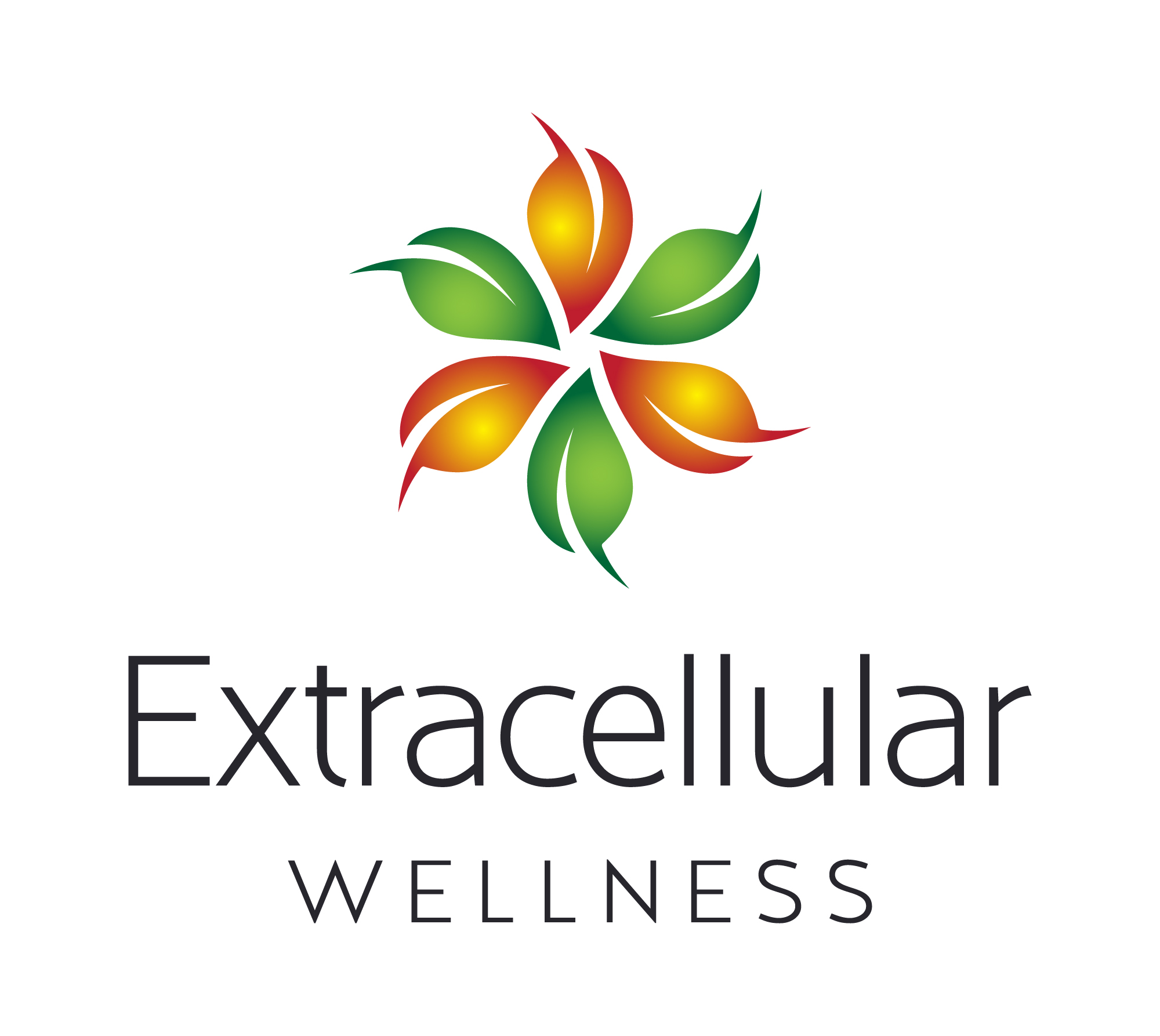






















































0 Comments